Hands-On Invertebrate Fun! (Part 2 – Amazing Planarian)
Planarian are a type of small flatworm. My homeschooling friend had some Planarian she had ordered and shared some with us! What a great friend to share her worms! 🙂 Heh heh!
Let me first share a picture of these little creatures and then I tell you some really cool things about them!!
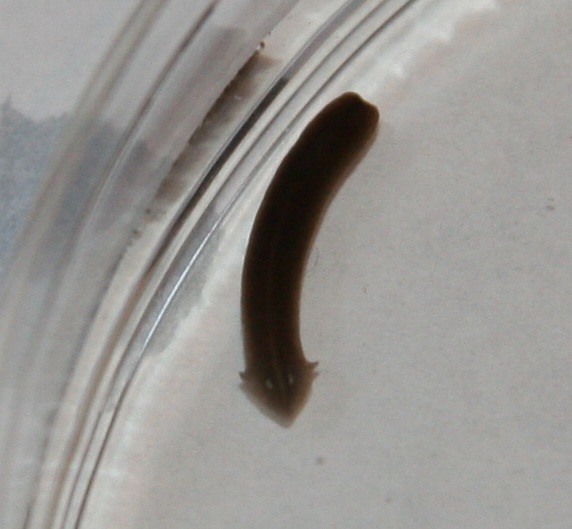 Planarian are amazing because they have the ability to regenerate! If you cut a Planarian in half it has the ability to grow each half into a new worm. Not only that, but a Planarian can constrict behind its mouth opening and separate itself in half! The two pieces will then grow body parts back. Planarian do have reproductive organs, though, and can also reproduce with a mate!
Planarian are amazing because they have the ability to regenerate! If you cut a Planarian in half it has the ability to grow each half into a new worm. Not only that, but a Planarian can constrict behind its mouth opening and separate itself in half! The two pieces will then grow body parts back. Planarian do have reproductive organs, though, and can also reproduce with a mate!
We spent time first looking carefully at the planarian. The kids could just barely see the eye spots — but could see it way better once I showed them my photos. I had made a packet for them and we spent time talking about its body:
- A flatworm has a head, a centralized nervous system and complex reproductive organs. We looked at the pictures in our packet (pictured below).
- The planarian has NO circulatory system or respiratory system. Oxygen diffuses through the body wall (as does carbon dioxide leaving the planarian’s body).
- I don’t know if you can see in the pictures below, but the two brain areas are near the ear flaps… so when the Planarian splits itself in half, half of the body has no brain and it grows new ones!!
The kids found it fascinating that flatworm have only one body cavity — the mouth. They were a bit horrified to then realize that the Planarian have to excrete digested food back out their mouths! “Eiew yuck,” said the kids!! We talked about how the earthworm and other organisms have both a mouth and an anus.
A Planarian has both male and female sex glands, but like the earthworm it cannot fertilize its own eggs.
Planarian have two eye spots and are sensitive to the light. We covered half the petri dish with paper and the Planarian seems to gravitate towards the darker side of the dish.
We spent time looking at the Planarian on a slide. Then each of the kids chose three Planarian to put in their own petri dishes. LD and DD decided to cut one of theirs in half. Those halves continued to swim around.
My friends’ kids also did this experiment. Her two kids each had two planarian in a petri dish and cut both of them in half. One of the petri dishes had four planarian, but one petri dish now has five! The kids were fascinated by that!!
I forgot to ask my friend, J, where she bought her Planarian, but I think it was from Carolina science supply. There website has them for sale for $8.75. When I know more I’ll come back and edit this.
You may be interested in these related posts:
- Invertebrate-Vertebrate Unit Study: Montessori Activities:
- Working With Mealworms:
- We also studied Earthworms: Hands-On Invertebrate Fun! Part I – Earthworms and the earthworm life cycle
- Animals and Their Groups
- Animals and their Characteristics
- Animals Around the World – Free Montessori 3-Part Cards
- Animal Portfolio Project (for ages 8-10 or so)
- Free Montessori World Pin Map
Other related posts you might be interested in:
- 20 Science Activities for Early Elementary
- Animal Unit: Vertebrate-Invertebrate Animals Worksheet Packet (40+ Pages)

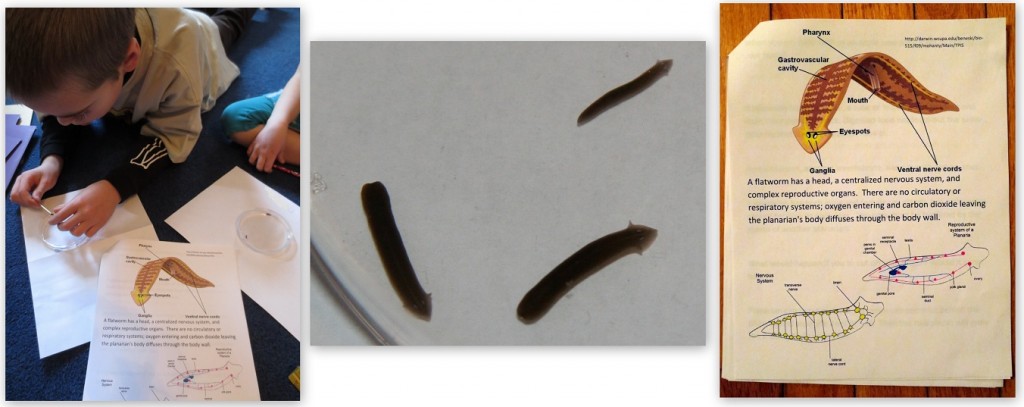










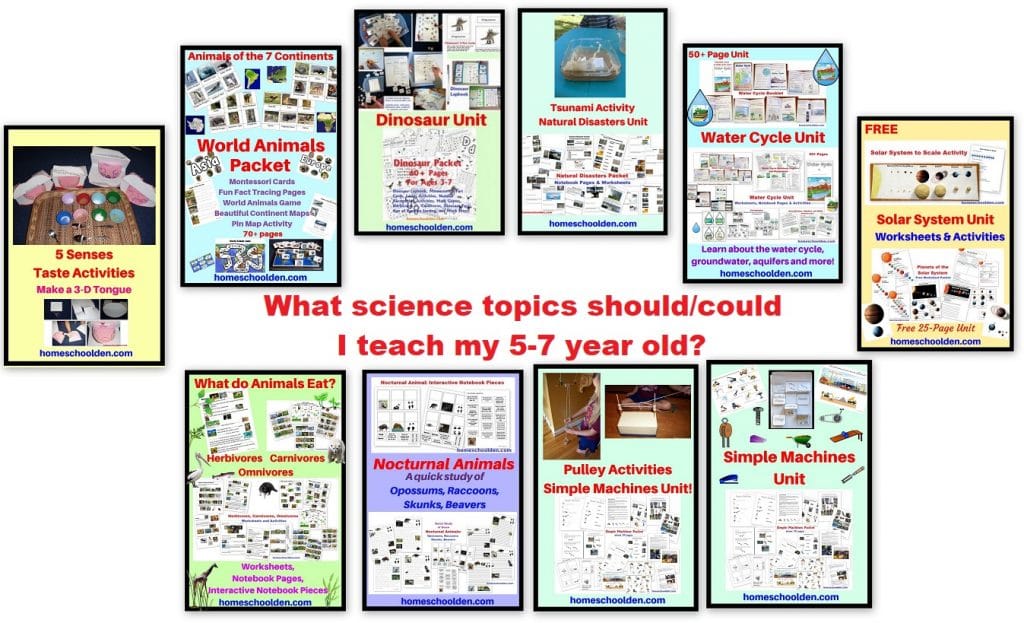






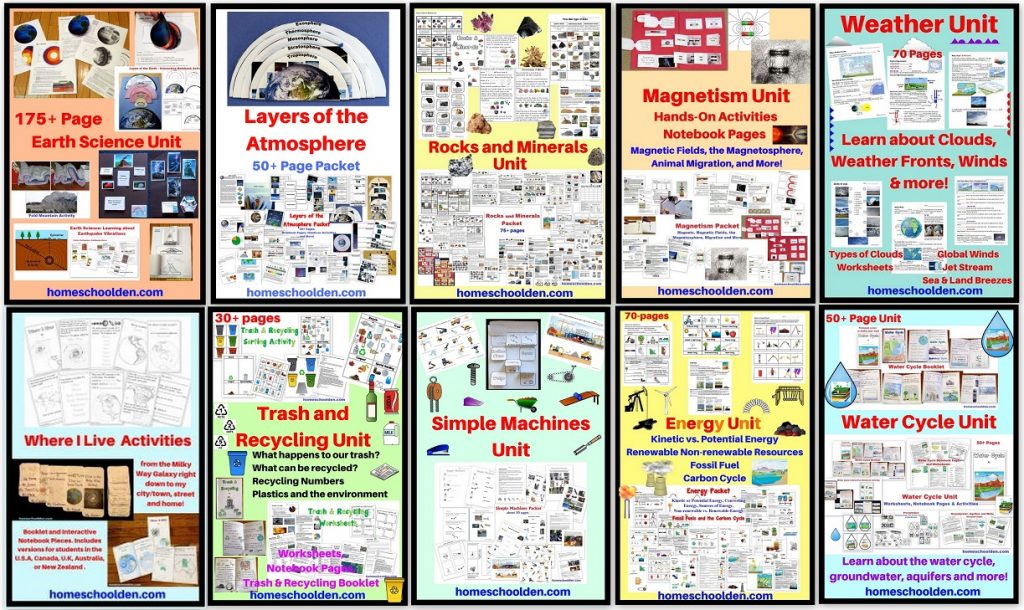


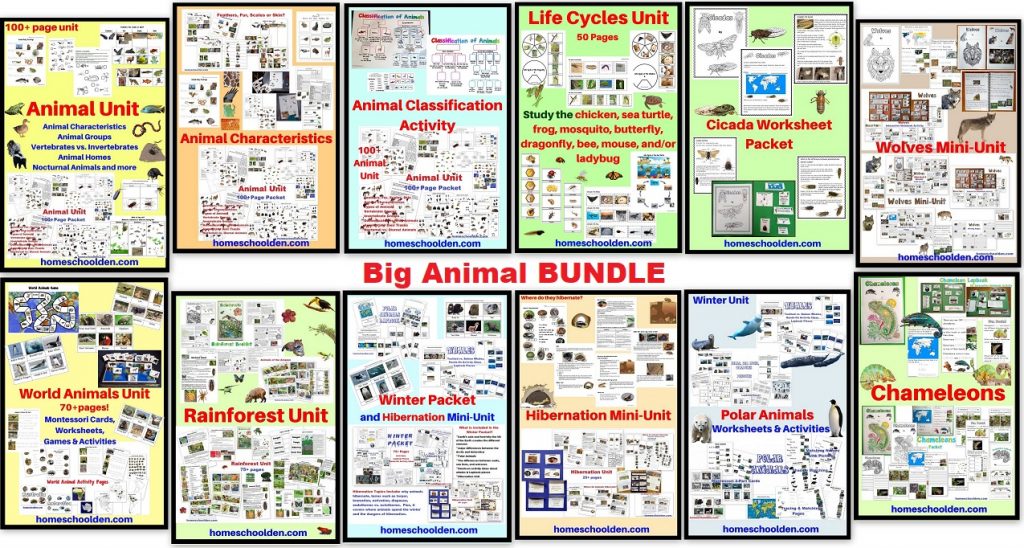




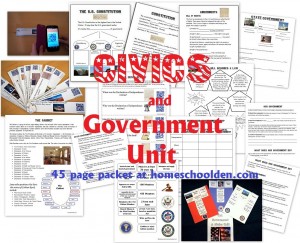


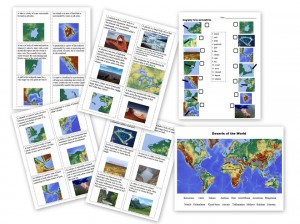
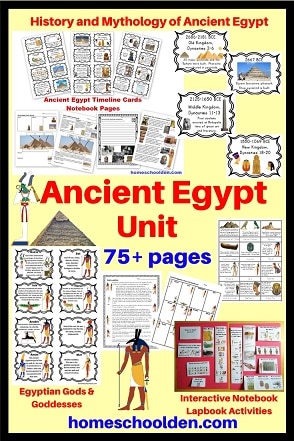
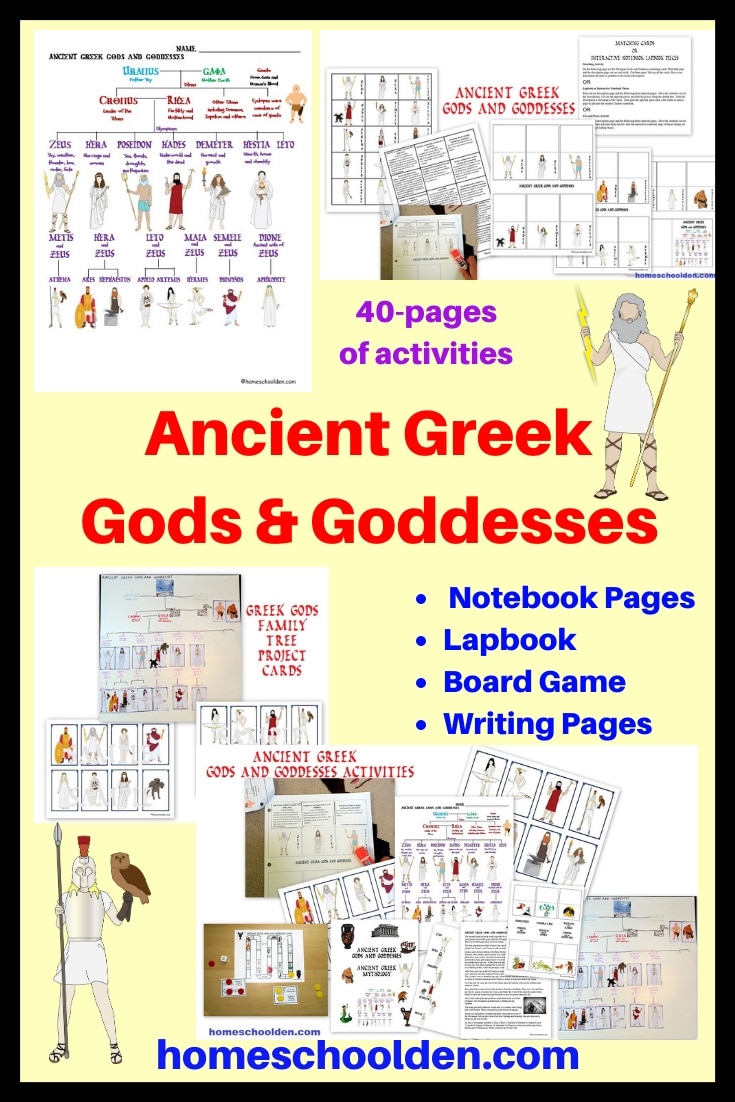





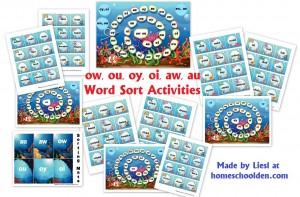

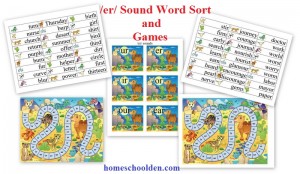





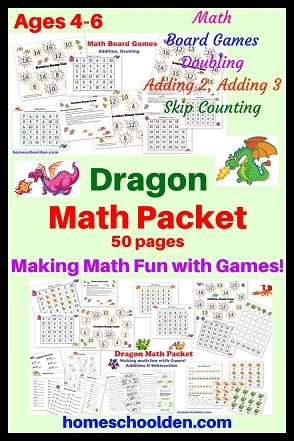
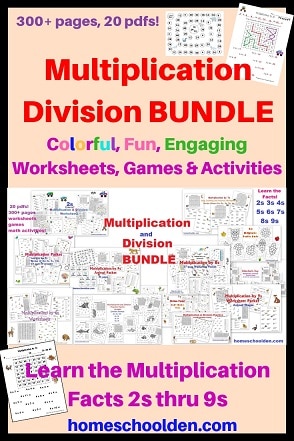

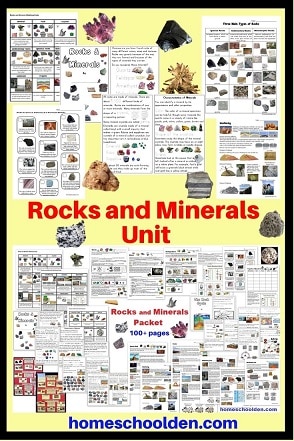
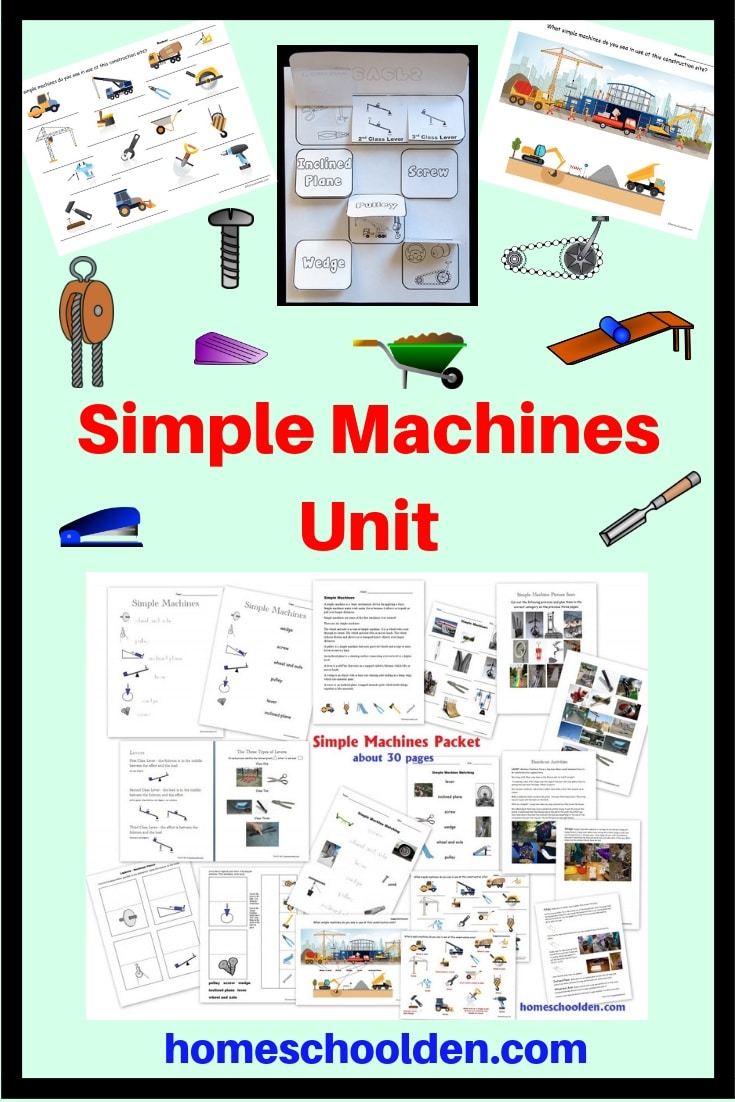
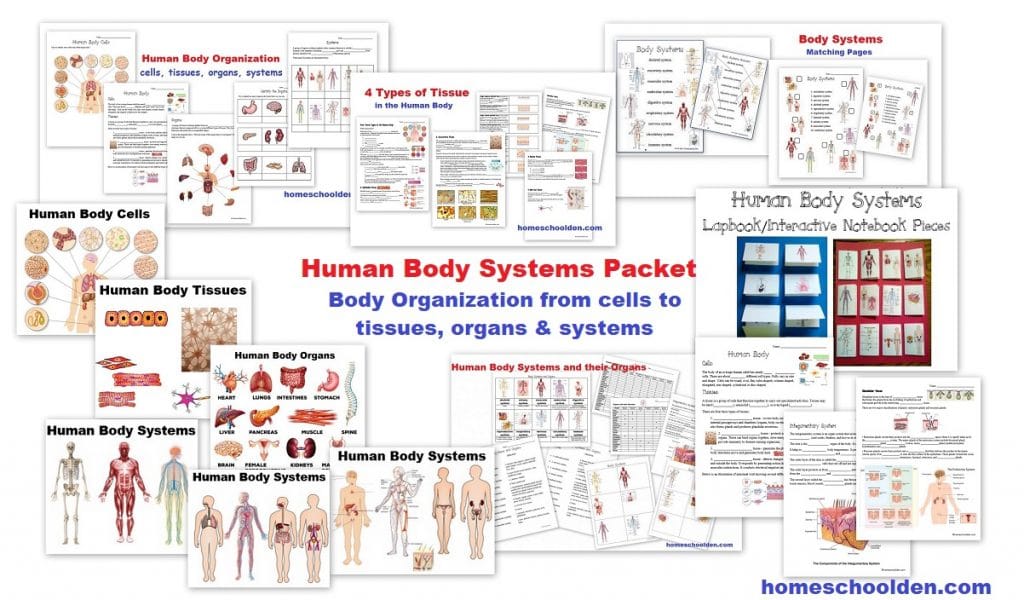
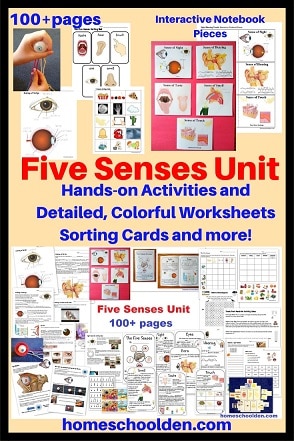
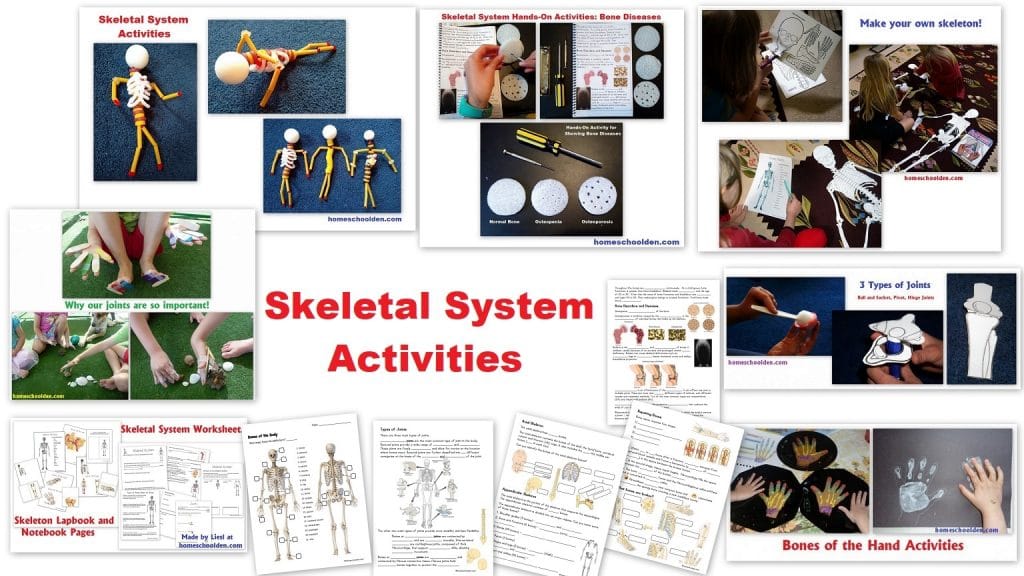




where is the worksheet you used for the flatworms? Is that included in one of your packest?
Hi Lisa,
Actually, that worksheet that you see above was one I made for the kids just using google images (so they could be copyright protected) back several years ago (and is not in any of our packets).
The second time we studied planaria in depth, I had the kids draw the digestive system of the earthworm and planaria on their notebook pages themselves (in a comparison chart). You can see my drawing and a little more about what we did in this post… http://homeschoolden.com/2017/11/08/science-club-week-6-earthquake-waves-body-waves-surface-waves-annelidsplatyhelminthes/ If you scroll down a bit, you’ll see the model drawing that I made. The kids copied that and drew that on the notebook page you see there. We talked about platyhelminthes extensively when we did our Scientific Classification & Taxonomy unit because we looked at the digestive system of all kinds of different animal phyla. Hope that helps! ~Liesl